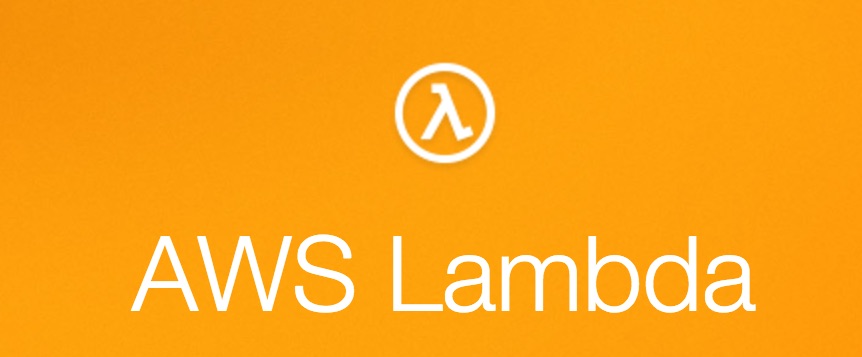AWS Lambda
Amazon Web Services (AWS) Lambda is a compute service that executes arbitrary Python code in response to developer-defined AWS events, such as inbound API calls or file uploads to AWS' Simple Storage Service (S3).
Why is Lambda useful?
Lambda is often used as a "serverless" compute architecture, which allows developers to upload their Python code instead of spinning and configuring servers, deploying their code and scaling based on traffic.
Python on AWS Lambda
Lambda only had support for JavaScript, specifically Node.JS, when it was first released in late 2014. Python 2 developers were welcomed to the platform less than a year after its release, in October 2015. Lambda now has support for both Python 2.7, 3.6 and 3.7.
Python-specific AWS Lambda resources
-
Serverless Slash Commands with Python shows how to use the Slack API to build slash commands that run with an AWS Lambda backend.
-
Zappa is a serverless framework for deploying Python web applications. It's a really slick project and used even by internal AWS developers for their own application deployments. Be sure to read the Zappa blog as well for walkthroughs and new feature announcements.
-
How to Setup a Serverless URL Shortener With API Gateway Lambda and DynamoDB on AWS builds a non-trivial URL shortener application as an example Python application that runs on Lambda.
-
How we built Hamiltix.net for less than $1 a month on AWS walks through setting up a full website that runs on AWS and scales with the Lambda free tier to minimize spend despite large traffic spikes.
-
Deploying a serverless Flask app to AWS Lambda using Zappa provides a screen capture of one developer deploying their application to Lambda.
-
Automated SQL Injection Testing of Serverless Functions On a Shoestring Budget (and Some Good Music) is an awesome operational security post that uses Python to test for SQL injection vulnerabilities in serverless functions on AWS Lambda.
-
Building Scikit-Learn For AWS Lambda follows up on the Using Scikit-Learn In AWS Lambda post which shows how to perform scientific computing with Python packages on AWS Lambda.
-
Creating Serverless Functions with Python and AWS Lambda explains how to use the Serverless framework to build Python applications that can be deployed to AWS Lambda.
-
Code Evaluation With AWS Lambda and API Gateway shows how to develop a code evaluation API, to execute arbitrary code, with AWS Lambda and API Gateway.
-
Crawling thousands of products using AWS Lambda gives a real-world example of where using Python, Selenium and headless Chrome on AWS Lambda could crawl thousands of pages to collect data with each crawler running within its own Lambda Function.
General AWS Lambda resources
-
AWS Lambda Serverless Reference Architectures provides blueprints with diagrams of common architecture patterns that developers use for their mobile backend, file processing, stream processing and web application projects.
-
Reverse engineering AWS Lambda is an incredible, in-depth analysis of the author's work investigating the black box of how Lambda works and what he learned from it.
-
The AWS Lambda tag on the official AWS blog contains all the related first-party tutorials
-
Serverless Cost Calculator estimates the amount that AWS would charge based on Lambda exeuctions, average execution time and memory needed per execution.
-
Serverless at Nordstrom is an awesome real-world story with the architecture behind a serverless AWS Lambda application deployment at Nordstrom.
-
How was your experience with AWS Lambda in production? has a good discussion of some of the benefits and issues that developers had as of mid-2017 with using Lambda for production applications.
-
Passwordless database authentication for AWS Lambda shows how to use a MySQL backend from your Lambda functions.
-
How does language, memory and package size affect cold starts of AWS Lambda? investigates the performance implications of various Lambda settings.
了解AWS Lambda后的下一步是什么?
Sponsored By

Fix errors in your Python code before your users see them by monitoring with Rollbar.
Learn More Python

Deploy web apps with the Ansible configuration management tool.

Build microservices with Docker, Flask & React in this great course.
Full Stack Python
Updates via newsletter, Twitter & Facebook.

